Subscribe to Updates
Get the latest creative news from FooBar about art, design and business.
Author: Koa Jones
Koa is a seasoned homesteader with a passion for self-sufficiency and sustainable living. Koa currently manages a 5-acre organic homestead and family compound in the Pacific Northwest raising chickens, pigs, dogs, and healthy humans.
Medicinal herb gardening is a fulfilling journey that connects you to nature’s wisdom. From sowing seeds to crafting remedies, every step empowers your homestead and enriches your health.
Wholesome gifts from the heart of the homestead celebrate health, sustainability, and the joy of homegrown abundance. Share a touch of nature’s bounty with loved ones this holiday season!
DIY rustic decor isn’t just for countryside homes; it’s a versatile style that fits seamlessly into apartments, suburban houses, and even city lofts. These tips will help unleash the interior designer within you!
Incorporating these organic pickled delights into daily meals not only enhances culinary experiences but also continues the tradition of preserving the harvest for future enjoyment.
Choosing organic fruits isn’t just about avoiding pesticides; it’s about unlocking the fullest potential of flavor. Organic produce is fresher and more nutrient-dense; and when it comes to making jams, this means better-tasting preserves.
Duck eggs bring unique chemistry to baking, altering the behavior of your batter or dough in subtle but powerful ways. Their thicker shells provide a longer shelf life, while the higher protein content enhances the structure of baked goods.
Ducks are an ideal choice because they are so resilient and easy to care for, making them a great way to start building your homestead livestock.
Start with these survival crops, and watch your garden grow into a reliable, sustainable source of food. Whether you’re preserving tomatoes, canning beans, or curing squash for winter, your garden will become a lifeline of sustenance and security.
Root Cellaring: An Old-School Method of Food Preservation Perfect for Today’s Challenges
For modern homesteaders, it’s not just about nostalgia—root cellaring offers an efficient, eco-friendly way to preserve food that aligns with the growing desire for self-sufficiency.
These recipes are more than just food—they’re a celebration of the season, of togetherness, and of the simple joy that comes from gathering around the table.
